Understanding Luxury: The Foundation of Elegance
Luxury is a term that evokes images of elegance, comfort, and opulence. It’s not merely about the price tag or the exclusivity of an item, but rather the experience and emotional resonance it carries. Definitions of luxury range from the luxury of living in comfort to the enjoyment derived from a high-end product. In this article, we will delve into the essence of luxury, its historical context, the psychology behind luxury purchases, and its placement in today’s society.
The True Meaning of Luxury
To grasp the concept of luxury, it’s essential to look beyond its economic implications. Luxury goods are often described as those whose demand increases more than proportionally as income rises. However, at its core, luxury is profoundly connected to personal fulfillment and joy. Some of the most notable features of luxury include:
- Exclusivity: Luxury items are often produced in limited quantities, making them more desirable.
- Quality: High-quality materials, craftsmanship, and attention to detail distinguish luxury goods.
- Emotion: The pleasure derived from luxury often goes beyond physical attributes; it involves personal gratification and societal status.
This intersection of tangible and intangible qualities is what makes luxury a rich subject for exploration. It goes beyond material possessions to signify a particular lifestyle and a yearning for distinction in one’s life.
Historical Context of Luxury Goods
Understanding the historical context of luxury goods sheds light on their evolution. Historically, luxury items were often reserved for the aristocracy and the wealthy elite. Sociologist Thorstein Veblen introduced the idea of “conspicuous consumption” in the late 19th century, highlighting how the elite would showcase their wealth through extravagant purchases. This cultural trademark still holds true today, with luxury brands often leveraging their heritage and history to market their products effectively.
As time has progressed, the accessibility of luxury goods has transformed. The post-war economic boom, globalization, and the rise of the internet have democratized luxury to some extent, allowing a wider audience to engage with high-end brands. Nevertheless, the allure of originality and exclusivity remains intact, which many brands continue to cultivate through limited editions and bespoke services.
Psychology Behind Luxury Purchases
The purchase of luxury items often transcends mere functionality. Understanding the psychology behind these purchases reveals a complex interplay of desires and needs that go beyond materialism. Luxury goods fulfill an array of psychological functions:
- Self-Expression: For many, luxury items serve as a canvas for personal identity. Owning high-end products allows individuals to express their tastes and preferences.
- Validation: Purchasing luxury is often linked to self-esteem and social status. High-end products can enhance one’s image in the eyes of others.
- Indulgence: The emotional satisfaction associated with luxury purchases provides an escape from the daily grind, allowing consumers to indulge in something extraordinary.
As brands develop their marketing strategies, they must understand this psychological landscape to create compelling narratives that resonate with their audience’s desires and motivations.
Identifying Luxury in Everyday Life
Luxury isn’t limited to extravagant spending; it can manifest in everyday moments and experiences. Recognizing the subtleties of luxury in daily life can enhance one’s overall lifestyle. Here’s how you can identify and embrace luxury:
Luxury vs. Necessity: A Delicate Balance
The distinction between luxury and necessity can often blur. For some, luxury may center around the quality of life enhancements, while for others, it signifies indulgence. Here are some examples to illustrate this balance:
- Health and Wellness: A premium spa treatment may feel like a luxury, but investing in adequate stress management and self-care is crucial for mental health.
- Quality vs. Quantity: Opting for a few high-quality garments rather than a closet full of low-cost items epitomizes a luxury lifestyle.
- Culinary Experiences: Dining at a fine restaurant can be seen as a luxury, but cooking with exquisite ingredients at home is equally rewarding.
Understanding this balance can lead to a deeper appreciation of both luxuries and necessities in daily life, allowing for a more meaningful existence.
Top Luxury Brands to Watch
Some luxury brands have become synonymous with quality and prestige. Recognizing these brands is instrumental for anyone navigating the luxury market. Here’s a selection of top luxury brands to watch:
- Louis Vuitton: Known for its iconic monogrammed bags, Louis Vuitton encapsulates the essence of luxury with its longevity and innovative designs.
- Chanel: Maintaining a strong heritage, Chanel is celebrated for its timeless elegance and classic perfume line, especially Chanel No. 5.
- Gucci: Renowned for its eclectic designs, Gucci has successfully reinvented itself for modern audiences while staying true to its roots.
- Hermès: Famous for its handcrafted leather goods and silks, Hermès exemplifies luxury through exceptional craftsmanship.
Being familiar with these brands not only enhances knowledge but also allows consumers to appreciate the artistry and effort behind luxury products.
How to Spot Authentic Luxury
In an age rife with counterfeits, knowing how to spot authentic luxury items is paramount. Look for these signs:
- Craftsmanship: Authentic luxury items exhibit meticulous craftsmanship, showing no signs of imperfection.
- Material Quality: High-quality materials are non-negotiable in luxury goods. Fabrics should feel exquisite, and hardware should be sturdy.
- Brand Signage: Authentic brands often have distinct logos or identifying marks that reflect their heritage—any discrepancies may indicate a counterfeit.
- Packaging: Luxury items are often accompanied by elegant packaging, which adds to the unboxing experience.
Understanding these factors can help consumers make informed decisions and avoid the pitfalls of counterfeit purchases.
Creating a Luxurious Atmosphere at Home
Creating a luxurious atmosphere in your living space involves thoughtful design choices and tasteful selections. Here’s how to elevate your home into a sanctuary of comfort and elegance:
Key Elements of Luxury Home Design
Luxury home design is characterized by several pivotal elements. Here are some key aspects to consider:
- Space: Luxury is often synonymous with ample space and open layouts that promote comfort and ease of movement.
- Lighting: Elegant lighting fixtures create ambiance. Consider chandeliers or sconces that enhance the aesthetic of the space.
- Textures: Use a variety of textures in fabrics, furnishings, and wall finishes to add depth and sophistication.
- Art and Decor: Unique art pieces and high-end decor not only embellish the space but also reflect personal style.
Understanding these elements can significantly impact both the functionality and aesthetic value of one’s living space.
Accessing High-End Décor on a Budget
Not everyone has an endless budget for luxury home décor. Fortunately, there are creative ways to achieve a luxe look without breaking the bank:
- Thrift Finds: Vintage shops and thrift stores can be gold mines for unique décor pieces that offer character without the high price tag.
- DIY Projects: Personalizing elements through DIY can enhance the luxury feel while being budget-friendly.
- Seasonal Sales: Keep an eye out for seasonal sales at high-end retail stores to snag decor at discounted prices.
By leveraging these strategies, individuals can create a luxurious look in their home settings while staying within budget constraints.
Incorporating Luxury Textiles and Materials
The textiles and materials you select play a significant role in defining luxury in your home. Consider these high-end materials:
- Silk: Known for its sheen and softness, silk can elevate bedding, curtains, or throw pillows.
- Cashmere: A luxurious knit that adds warmth and texture, perfect for blankets or sweaters.
- Marble: A classic choice for countertops and flooring, marble conveys elegance and durability.
- Leather: Whether in furniture or accessories, high-quality leather adds sophistication and can age beautifully.
Incorporating these luxurious materials not only enhances the beauty of a space but also elevates the overall sensory experience of living within it.
Luxury Lifestyle: Experiences Beyond Products
Embracing a luxury lifestyle extends beyond material possessions and products; it embodies experiences that enrich one’s life. Exploring these experiences can provide a meaningful connection to luxury:
Lifestyle Choices that Exude Luxury
Luxury is also reflected in the choices we make in our day-to-day lives. Here are some lifestyle choices that embody a luxurious lifestyle:
- Wellness: Investing in wellness routines such as yoga, mindfulness, or regular spa treatments contributes to overall health and self-care.
- Networking: Surrounding oneself with like-minded individuals can lead to enriching conversations and growth opportunities.
- Culinary Exploration: Savoring gourmet cuisine or exploring global culinary traditions expands one’s palate and appreciation for food.
These choices emphasize that luxury is as much about surrounding oneself with positivity and enrichment as it is about tangible products.
Traveling in Style: Luxury Destinations
Travel adds another layer of luxury to life. Experiencing destinations that are synonymous with opulence can broaden horizons. Here are a few luxury travel destinations to consider:
- Maldives: Known for its stunning resorts and pristine beaches, the Maldives offers unparalleled privacy and luxury.
- French Riviera: A luxurious coastal destination that features rich culture, stunning landscapes, and gourmet experiences.
- Beverly Hills: A symbol of affluence, this destination is home to luxurious shopping, dining, and celebrity sightings.
- Bali: Known for its aesthetic beauty and serene atmosphere, Bali offers high-end resorts that provide relaxation and tranquility.
Choosing to travel to these luxurious locales allows for deep personal satisfaction and memorable experiences, reinforcing the idea that luxury can be found in experiences rather than just products.
Gourmet Experiences: Dining with Elegance
The culinary world contributes significantly to the luxury lifestyle, with fine dining experiences becoming increasingly popular:
- Tasting Menus: Many high-end restaurants offer tasting menus that allow guests to experience a wide array of exquisite dishes.
- Private Chefs: Hiring a private chef for special occasions adds a personal touch to gourmet dining at home.
- Wine Pairing: Enriching meals with carefully selected wines can elevate the dining experience significantly.
Gourmet dining provides not just nourishment but also a sense of celebration and appreciation for the finer things in life.
Future Trends in the Luxury Market
The luxury market is continuously evolving, influenced by changing consumer behaviors and technological advancements. Understanding these trends is crucial for brands and consumers alike:
Digital Transformation of Luxury Brands
The advent of digital technology has radically transformed the way luxury brands engage with consumers. Online shopping has become increasingly popular, with brands investing heavily in e-commerce capabilities. Key trends include:
- Omni-channel Experiences: Brands aim to create seamless interactions across online and offline platforms.
- Augmented Reality (AR): AR technology allows consumers to visualize products in real life, enhancing the online shopping experience.
- Digital Exclusives: Luxury brands are offering exclusive collections online to attract tech-savvy consumers.
As consumer preferences shift towards online engagement, luxury brands must adapt effectively to remain relevant in this competitive market.
Sustainability and Luxury: A New Paradigm
Sustainability has become a driving force in the luxury market. Modern consumers are increasingly seeking environmentally responsible products:
- Ethical Sourcing: Brands are focusing on ethically sourced materials and sustainable practices.
- Transparency: Consumers desire transparency regarding the manufacturing processes behind their purchases.
- Green Initiatives: More brands are implementing initiatives to reduce their carbon footprint, aligning with consumer values.
As sustainability becomes an expectation rather than an option, luxury brands will need to rethink their approaches and marketing strategies.
The Impact of Social Media on Luxury Consumption
Social media has dramatically altered how luxury brands communicate with consumers. Platforms like Instagram and TikTok are pivotal in influencing purchasing decisions:
- Influencer Marketing: Many luxury brands partner with influencers to reach a broader audience and increase brand awareness.
- User-Generated Content: Encouraging customers to share their luxury experiences creates authentic brand narratives.
- Real-Time Engagement: Brands engage with consumers in real-time, fostering community and loyalty.
The integration of social media into luxury branding strategies provides innovative ways to connect with consumers, highlighting the importance of adaptability in this ever-changing landscape.
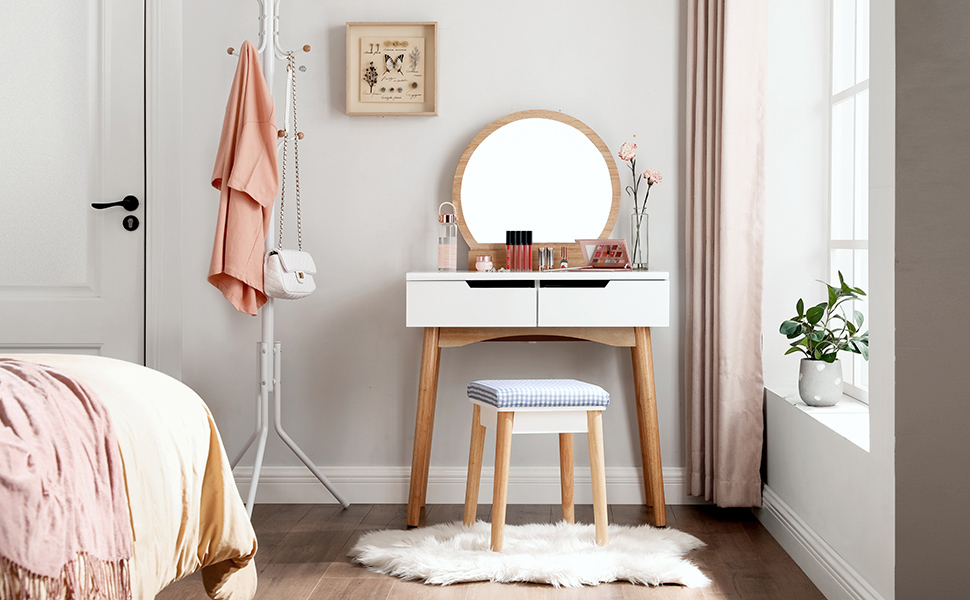
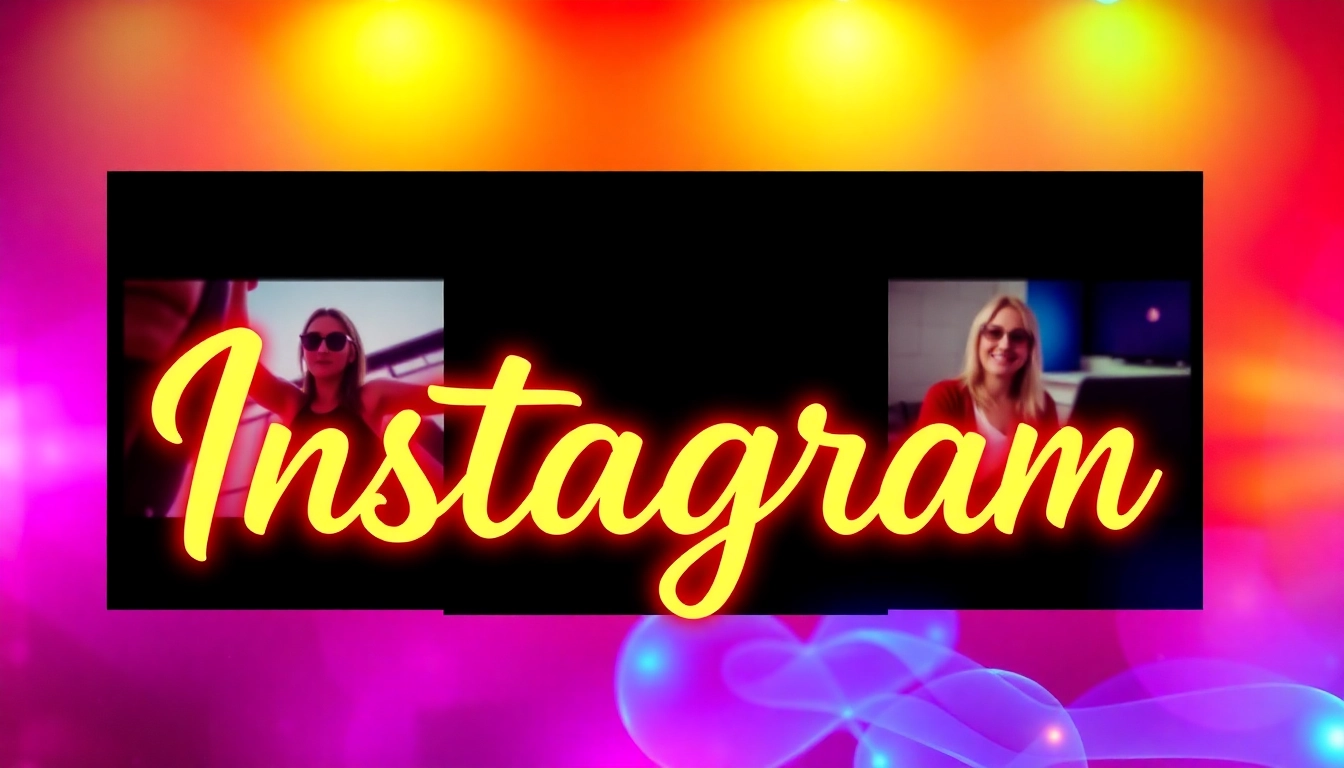
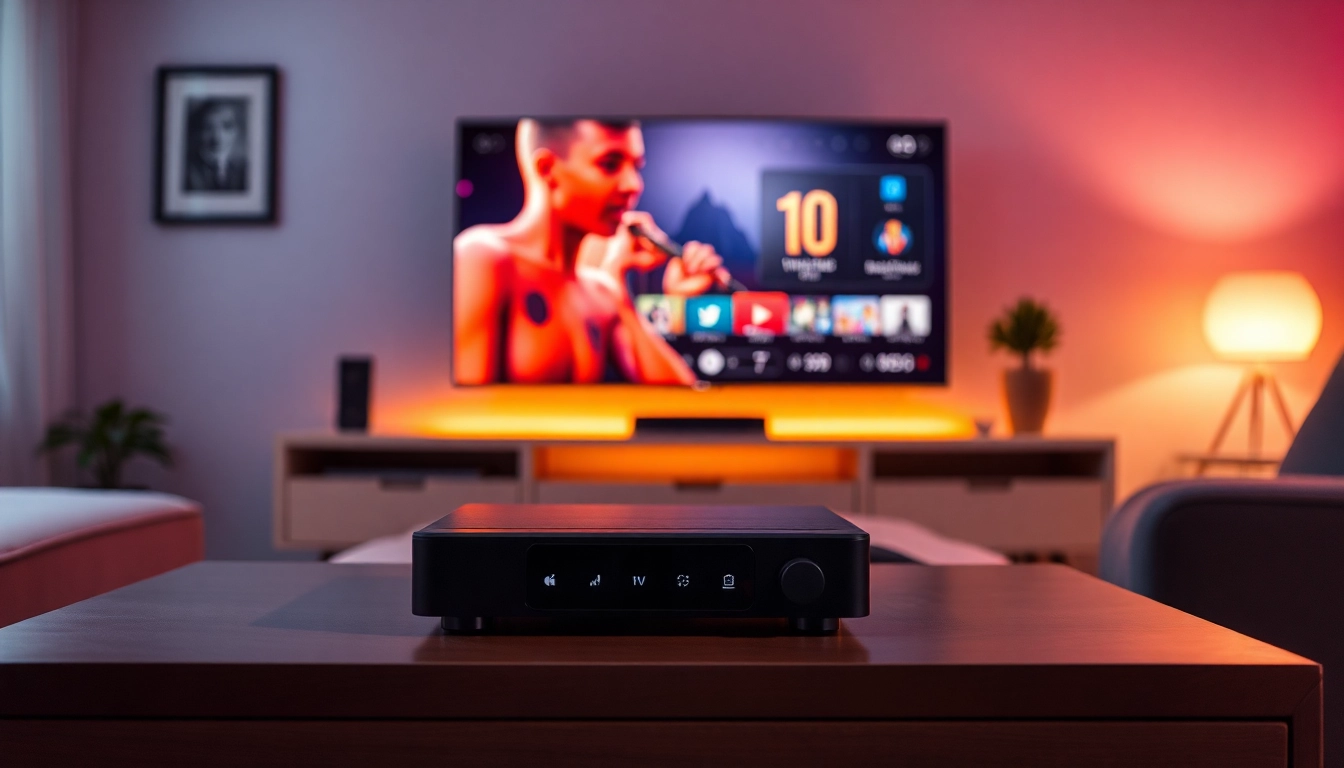
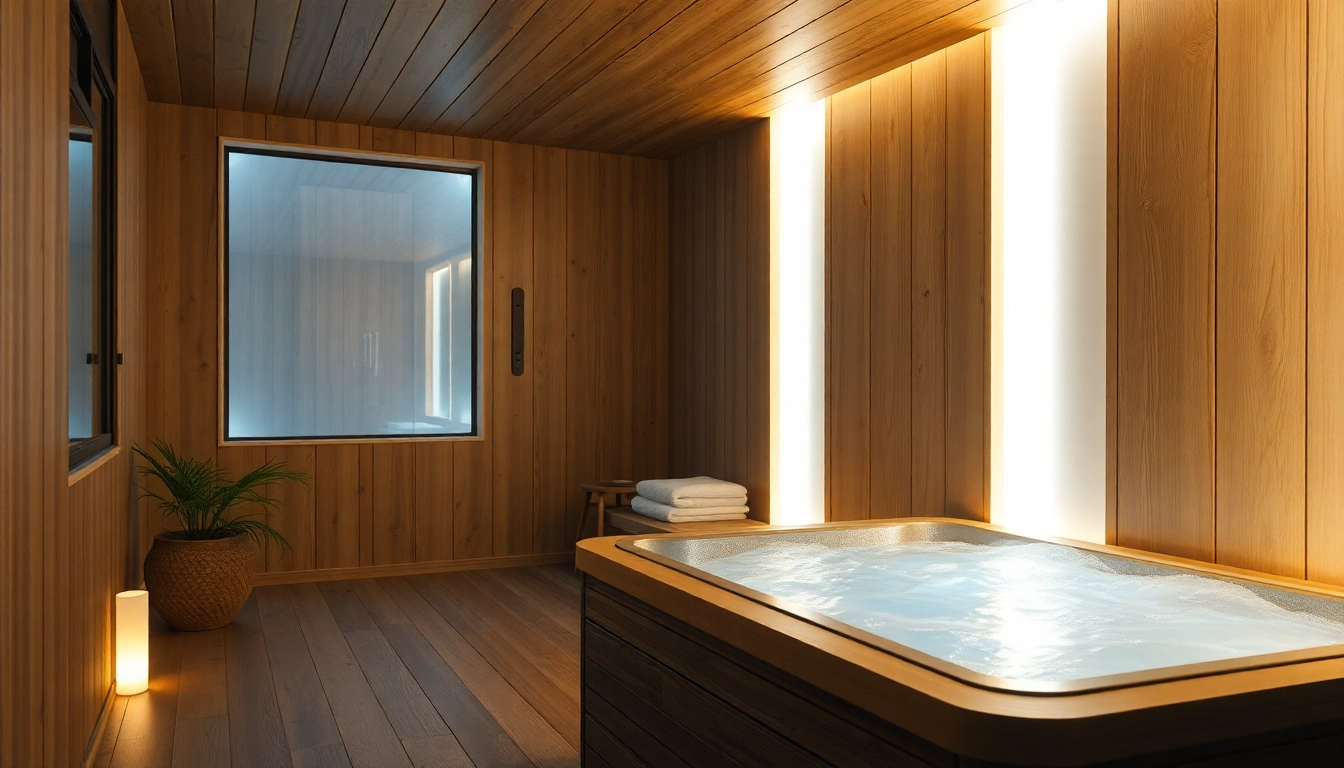
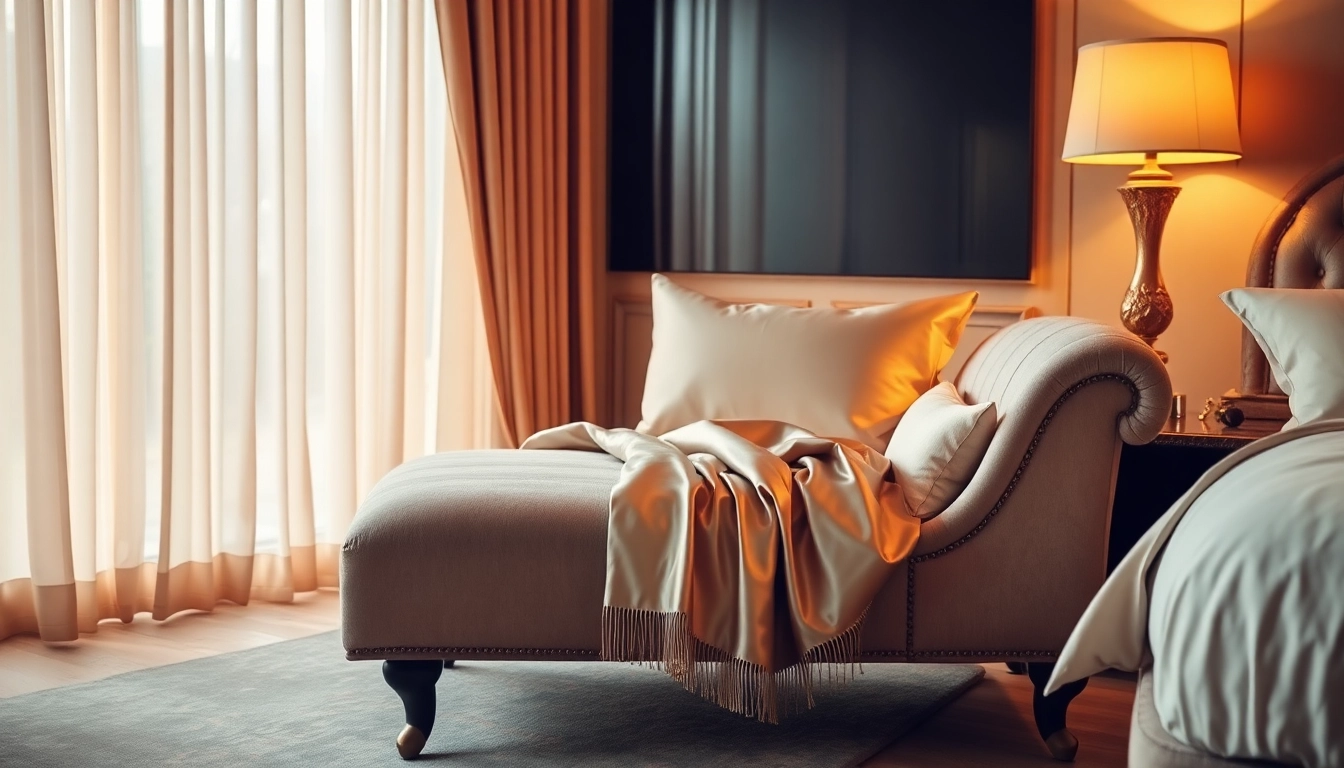



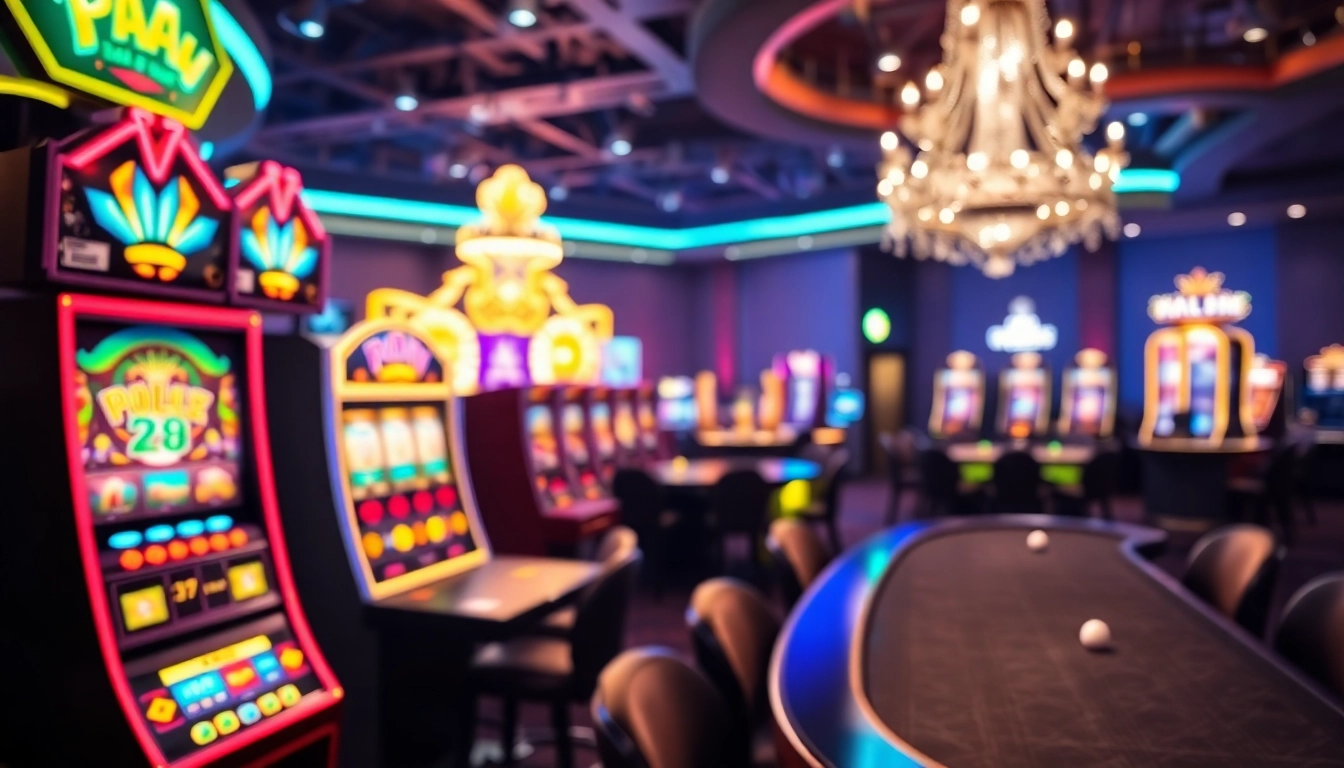
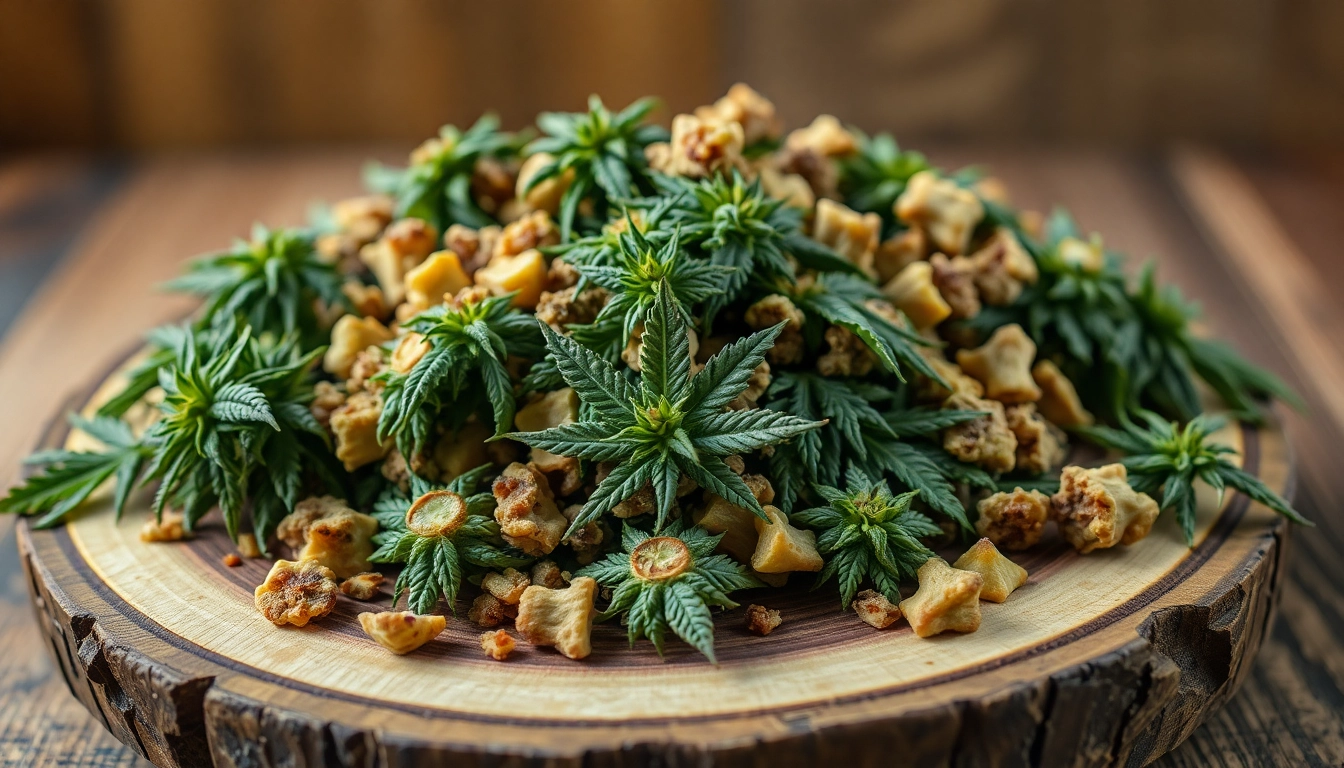
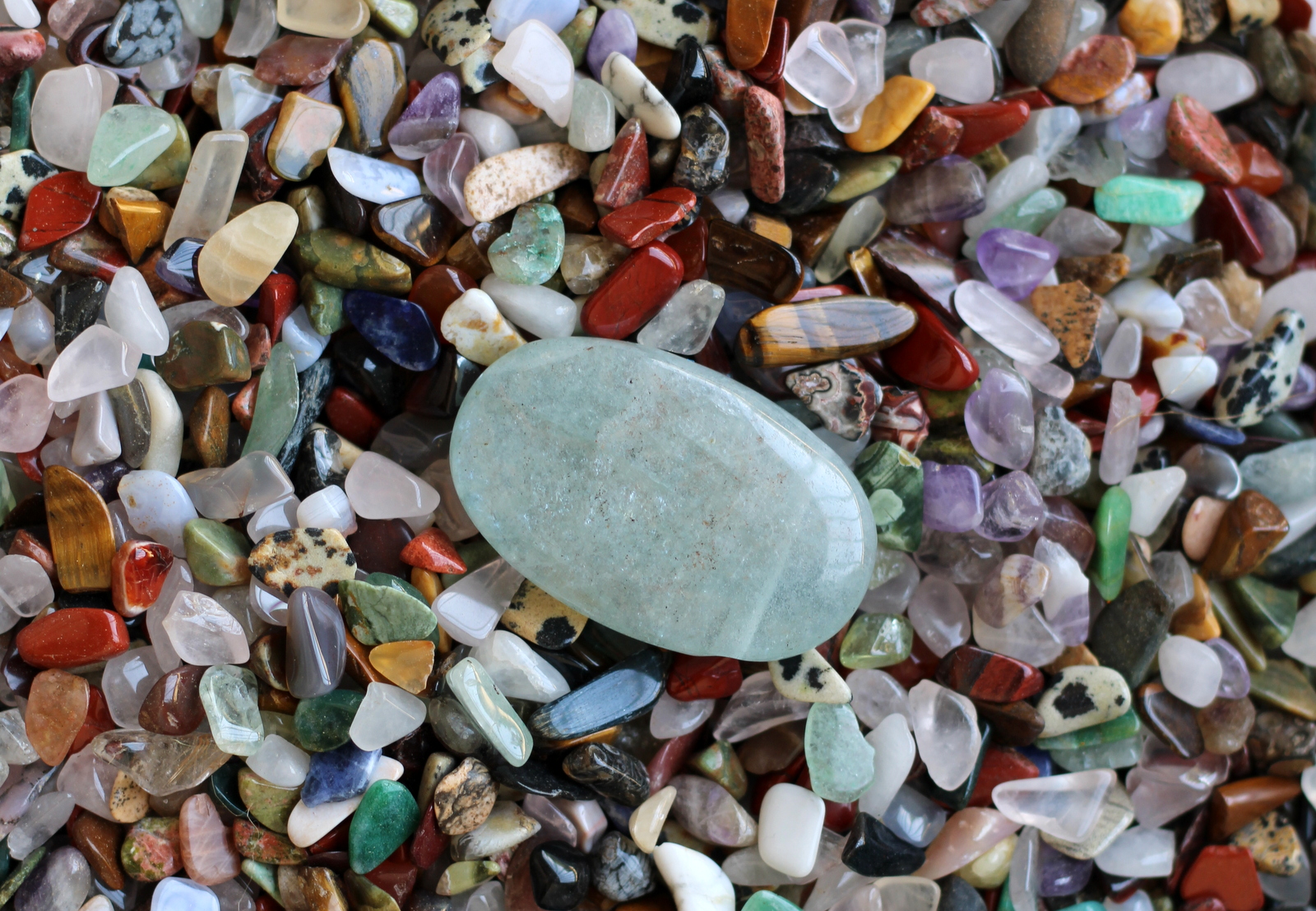


Leave a Reply